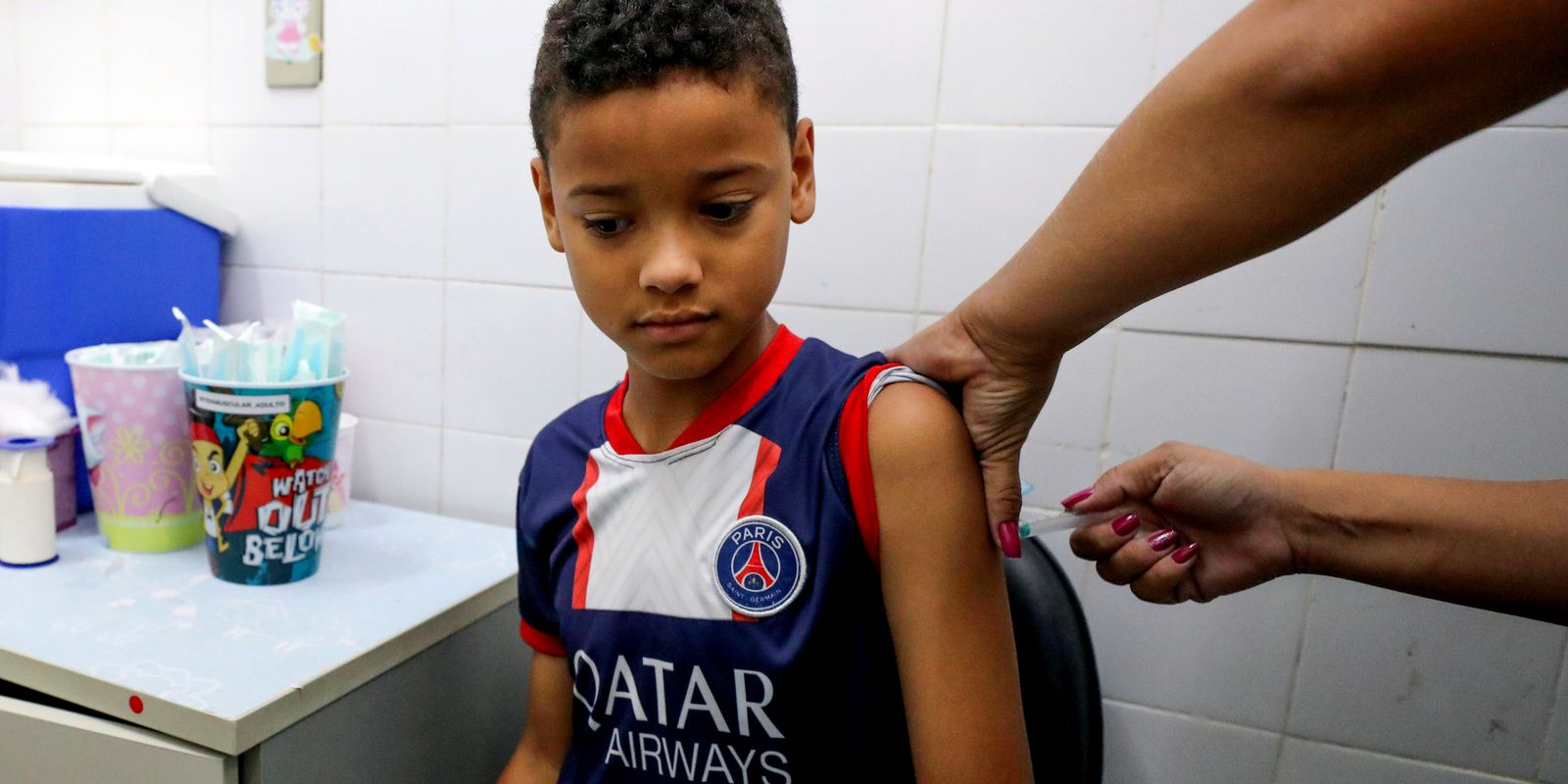
A few months ago, in an intervention by the Guinean writer Tony Cheka, who advocated the increased circulation of cultural goods within the CPLP space, I heard this phrase: “You cannot love what you do not know.” It’s a much more inspiring way of saying what I’ve been trying to get my students to understand for decades that I can say: Ignorance is the mother of all prejudices.
The International Day of Roma Communities is celebrated on 8 April (International Roma Day), which was created in 1971 by the First World Roma Congress (Orpington, UK) and later recognized by the United Nations, with the aim of celebrating Roma culture and promoting recognition of the problems faced by this people in various countries. The first conference was attended by participants from 29 countries. The ninth conference was held in Riga, Latvia, in 2015, with participants from 25 countries.
Little or nothing is known about the history, language and culture of the Roma communities and this ignorance is the main source of the deep-rooted prejudices in our society regarding the members of this ethnic group.
The Roma people hail from the north of the Indian subcontinent, mainly from the regions of Rajasthan, Haryana and Punjab, and would arrive in Eastern Europe around the 14th century.
The Roma language is considered a macro language, i.e. a group of several closely related languages that are considered a single language, in this case for ethnic and cultural reasons. It is part of the Indo-European language family, like most European languages, and belongs to the branch of Indo-Aryan, Indo- or Indic languages, which also includes, for example, Sanskrit, Indic, Gujarat. , Urdu or Konkani, the latter is spoken in Goa. The distant history of the Romani language is not fully documented and the foundation of genealogy stems primarily from comparative linguistics studies that characterized language research in eighteenth-century Europe. The first language certificate from 1542.
Taking into account the great geographical spread of the Romani people (especially from the Balkans to the rest of Europe, starting from the fourteenth century and throughout the following centuries), it is natural that the Romani language has a deep dialectal diversity, while maintaining, however, specific grammatical characteristics. One of the classifications of Romani dialects is the classification adopted by him Ethnologywhich are considered to be three main groups, the Balkan dialects, the northern dialects (covering vast areas of northern and central Europe) and the Vlaxe dialects (mainly spoken in areas of southeastern Europe, including Greece, Bulgaria, Romania, Ukraine or Albania).

“Friendly zombie guru. Avid pop culture scholar. Freelance travel geek. Wannabe troublemaker. Coffee specialist.”






